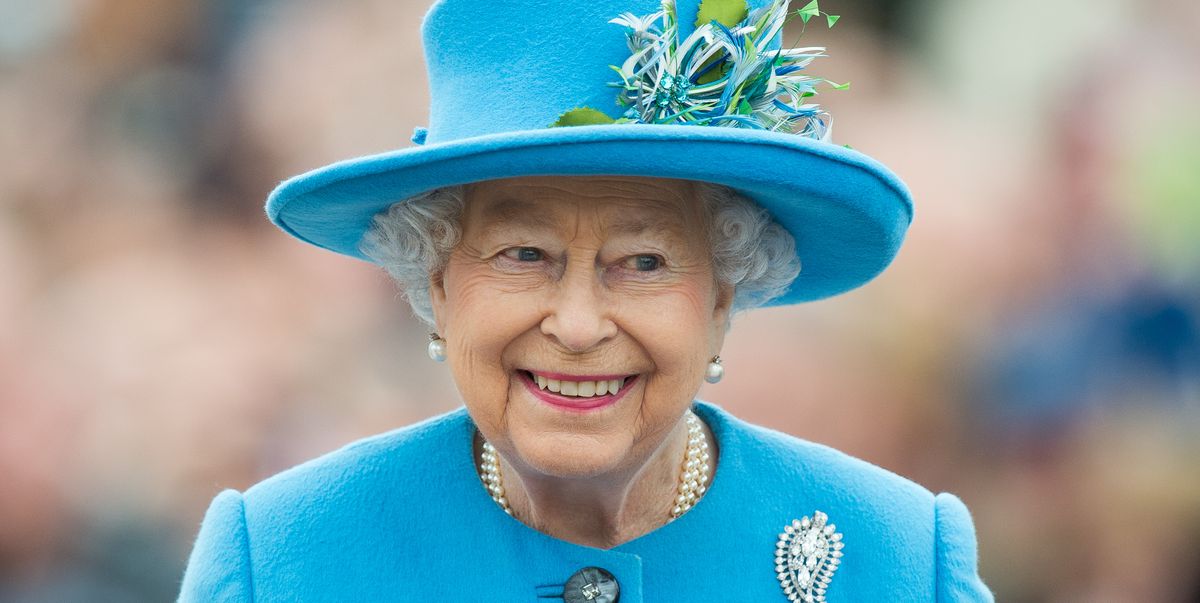At nearly a century-old, when she exited the scene forever, the British monarch, Queen Elizabeth II, had been quite lonely and sickly since April last year, when her husband, Prince Philip, the Duke of Edinburgh, died.
The two had always been together during the challenges that saw the British Empire crumble, with its former colonies going their separate ways. She had been the Queen of the United Kingdom since February 6, 1952.
She was the Head of State and Commander-in-Chief of the British Armed Forces for more than seven decades.
Elizabeth II (Elizabeth Alexandra Mary), who was born on April 21, 1926, died on September 8, 2022, at Balmoral Castle in Scotland. She was after an elaborate traditional ceremony buried next to Prince Philip at Windsor Palace in London on Monday,September 19, 2022.
This followed a State Funeral at Westminster Abbey and a procession across central London to Windsor Castle. Britain’s longest-serving monarch was laid to rest at the King George VI Memorial Chapel with pomp and pageantry.
The thousand-year-old church’s tenor bell tolled 96 times at one-minute intervals, one for each of the years of her life. More than 90 world leaders and representatives, including new Kenyan President William Ruto, attended the funeral.
Before she was buried, there was a bit of controversy and some light moments, as photos of Ruto and other African leaders and their spouses being ferried on ordinary buses to the Queen’s funeral at Westminster Abbey, went viral. The President was accompanied by First Lady Rachel Ruto.
Tanzanian President Samia Suluhu Hassan was also in London to pay her last respects to the Queen.
Queen Elizabeth II steered her kingdom through the storm of change that swept away other kingdoms. Britain would form its Commonwealth of Nations with newly independent countries, shaping the kingdom into what it is today.
It has remained intact with England, Scotland, Wales, and Northern Ireland after Ireland became a republic.
King Charles III
Following the Queen’s death, her eldest son, Charles, automatically became the King. He took the name King Charles III. His siblings are Anne, Princess Royal, Prince Andrew, Duke of York, and Prince Edward, the Earl of Wessex.
Now, next in line for the throne is the new King’s eldest son, Prince William, and his three children, Prince George, Princess Charlotte, and Prince Louis.
Also following the proceedings at Windsor Castle albeit oblivious of the loss of their mistress and the immense global attention, were the Queen’s favourite dogs, Muick and Sandy.
Kenya had a special relationship with the Queen. She was on a visit to the country in 1952 when her father died and she returned home as the new Head of State.
There was no doubt that she had a soft spot for Kenya, as she ascended to the throne on the steps of Government House in Nairobi, which became State House at independence in 1963.
The colonial Governor, Sir Philip Mitchel, read the proclamation that saw the young princess become Queen Elizabeth II before she returned to the UK.
Horrendous atrocities
The Queen evokes mixed feelings in Kenya because after she was enthroned, what followed was a bloody chapter in Kenya’s history, with horrendous atrocities committed under her watch. The Kenyans’ only sin was to express a desire to be allowed to manage their own affairs by gaining independence.
Queen Elizabeth II was at helm during the Mau Mau war during which many innocent people were killed by special British forces sent to quell a rebellion led by returnees who had fought for their colonial master during the Second World War.
But Britain was determined to hold onto its prized colony and continue exploiting its resources.
While ties with Britain improved greatly after independence, with economic co-operation and development taking centre stage, the grim suffering of Kenyans remains in vivid memory.
Nearly 10,000 people were killed and 1,000 freedom fighters hanged during the struggle for independence from 1952 to 1960, with thousands of others tortured and humiliated in harsh detention camps. About 30 white settlers were also killed.
Early in her rule, Kenya went through its darkest moment in the 1950s, as the crackdown on freedom fighters turned the colony into what historians dubbed “The British Gulag”.
It was Queen Elizabeth, who in 1963 approved the appointment of Jomo Kenyatta as the Prime Minister. Through her assent of the Kenya Independence Act, the country became independent after 65 years of colonial rule.
She would then send her consort, Prince Philip, to officiate at the independence ceremony.
Britain from then on played an important role as a trading partner and source of development assistance.
Kenya has also over the years been an important member of the Commonwealth of Nations, which is the political association bringing together Britain and its former colonies. It was founded in the first half of the 20th century at the end of colonisation. Its other African members include Tanzania, Togo, Sierra Leone, South Africa, Uganda and Zambia. Others include Nigeria, Ghana, Eswatini, Lesotho, Malawi, the Gambia, Mauritius, and the Seychelles.
During her reign, Queen Elizabeth made only a few visits to Kenya. In March 1972, she paid a short visit and had lunch with Mzee Kenyatta at State House, Nairobi. She was then bestowed with the Chief of the Order of the Golden Heart award of Kenya.
During the second President, Daniel arap Moi’s, tenure, she visited twice. The first was in 1983, and she toured the Sagana Lodge, where her trip in 1952 was cut short by her father’s death, and she became the Queen.
In 1991, at the invitation of President Moi, she made a five-day official visit, during which she laid a wreath on Mzee Kenyatta’s grave at Parliament Buildings in Nairobi. It was he who replaced her as the Kenyan Head of State in 1964, when the country became a republic.
Exit the Queen and enter King Charles III, hopefully to continue to forge closer economic ties and co-operation with Kenya for mutual benefit.




